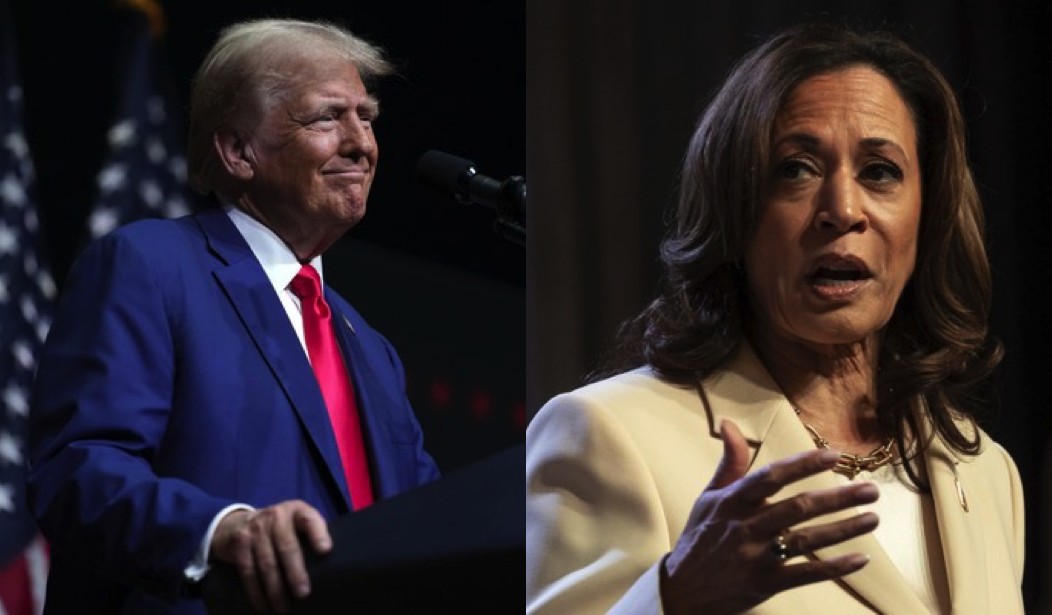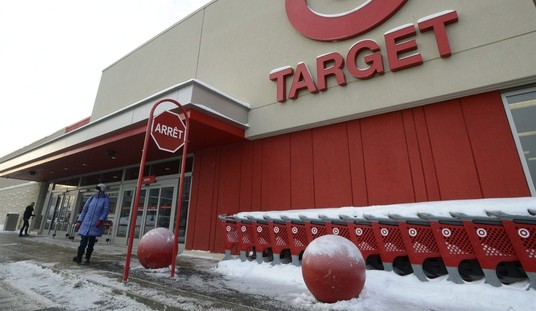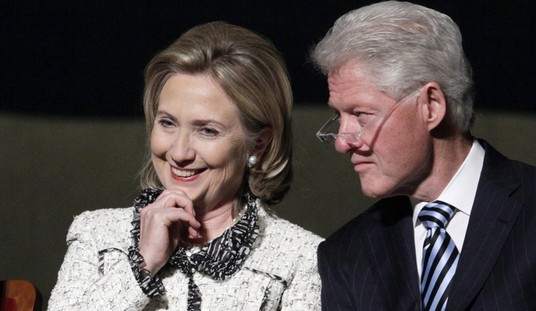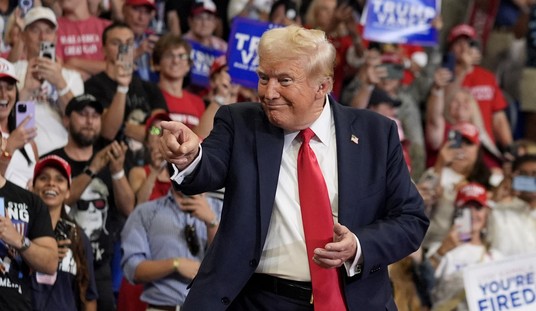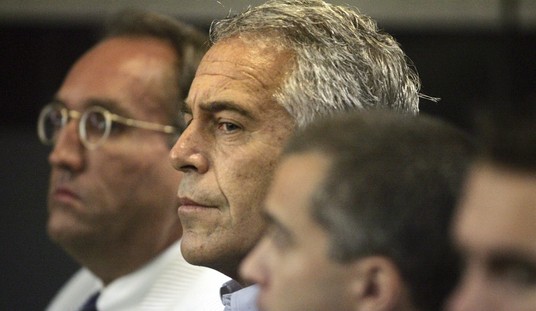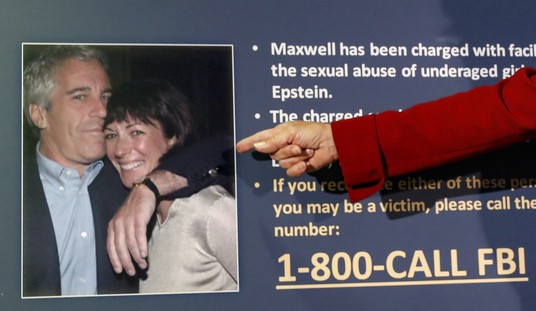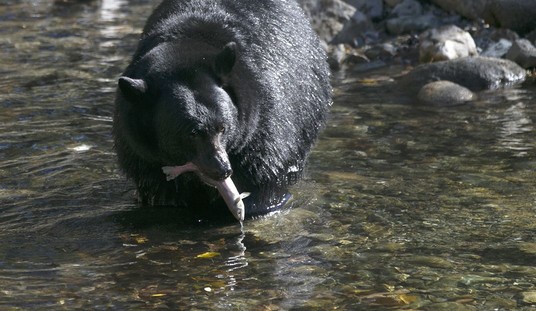Sometimes, elections break at the last minute-- and sometimes, we are handed quite the electoral surprise. The most recent major upset was in 2016; I was in elk camp with loyal sidekick Rat that year, and on Election Night, we had supper in a tavern in the little mountain town of Kremmling, Colorado. Returns were just starting to trickle in while we ate, and having been watching the polls, I decided I didn't care to watch our republic self-immolate by putting Her Imperial Majesty Hillary I, Dowager-Empress of Chappaqua, in the White House. So, we went back out to camp and had an early night.
The next morning, I climbed in the truck to warm it up and, after starting the engine, flipped on the satellite radio - and got the news. When Rat climbed in the cab a few minutes later, I looked at him and said, "Holy crap, Trump pulled it off!" As we all know now, the pollsters got that cycle badly, comically wrong. And the reason may have been due to one thing: A last-minute preference cascade.
Could we be seeing the beginnings of a preference cascade now?
A preference cascade, as stated in the link above, is defined thusly:
....[Average people behave the way they think they ought to, even though that behavior might not reflect their own personal feelings. Given a sufficient “A-HA!” moment when they discover that their personal feelings are shared by a large portion of the population their behavior may change dramatically. An example of this is the British colonists before and after publication of Thomas Paine’s Common Sense. A year before the Declaration of Independence, America was full of patriotic British convinced that things could be worked out with King George, but on July 4, 1776 the colonies were full of Americans determined that they needed independence. Another is the relatively recent “Arab Spring.” The catalyst there has been credited to the self-immolation of Tunisian merchant Mohamed Bouazizi in protest of his treatment by government authorities.
As of this writing, it’s beginning to look like this year’s presidential race is turning in Donald Trump’s favor. The Trump/Vance ticket is narrowing the gap in the RealClearPolitics battleground state averages – the most recent polls have must-win Pennsylvania in a tie, with Trump leading in North Carolina, Georgia, and Arizona. Bear in mind that, in the last few cycles, the polling has tended to underestimate Trump’s support. And there are still a fair number of undecided voters, which is a little baffling at this late stage - but it's not unusual.
Yes, Kamala Harris is still maintaining a narrow lead in the national vote. While that gap, too, is narrowing, this figure doesn’t mean all that much; it’s a statistical curiosity and can be a very broad indicator. But we don’t elect presidents with a national vote, and that’s an unalloyed good thing, too. So, I’ll repeat my standard reply for talking heads who whinge on about the “national popular vote,” as opposed to the Electoral College vote: There is no “national popular vote.” It doesn’t exist. The national Republican versus Democrat vote is a mildly interesting statistical curiosity, and that’s all.
It can be a gauge of momentum, though. And this late in the game, momentum is the key, and the momentum – at least now, in late September, seems to be moving Trump-wise. This brings us to the preference cascade. Social media, much as some of us hate to admit it, is very - I hate even thinking this - influential, and could in part fuel a preference cascade. But it will take more than that. Take another look at the description above:
Given a sufficient “A-HA!” moment when they discover that their personal feelings are shared by a large portion of the population their behavior may change dramatically.
But the polls aren't - yet - showing such an "A-HA" moment, and they may not. But there are other indicators. And one of those is the legacy media's growing impatience with Kamala Harris, and their increasing willingness to call her out, as we saw in her recent border "visit." We have documented many examples right here at RedState:
See Related:
WATCH: Jesse Watters Demolishes Kamala's Border Remarks
BRUTAL: Border Patrol Union Blasts Kamala Harris for Her Cosplaying Visit to the Border
And it is precisely this, this inescapable conclusion that Kamala Harris is not only a weak candidate but a weak person, a person who is manifestly unsuited for the presidency, that may fuel the final "A-HA" moment that leads us to the final preference cascade. With each passing day, Kamala Harris just keeps making things worse; as we have seen, her recent remarks at the border were a train wreck, she has lost the support of many key constituencies, including the border patrol union and the rank-and-file among the Teamsters. Worst of all, she appears to be losing the usually unwavering support that Democrats get from the legacy media and talking heads on the major networks, some of whom are realizing that they just can't cover for the Queen of Word Salads anymore without sacrificing the tattered remnants of their credibility.
The election is only weeks away. Polling will probably not catch any last-minute preference cascade, just as it didn't in 2016. Watch the ongoing coverage from the legacy media - and watch our documentation of that coverage right here at RedState. If there is to be a preference cascade, that’s what will kick it into high gear.

